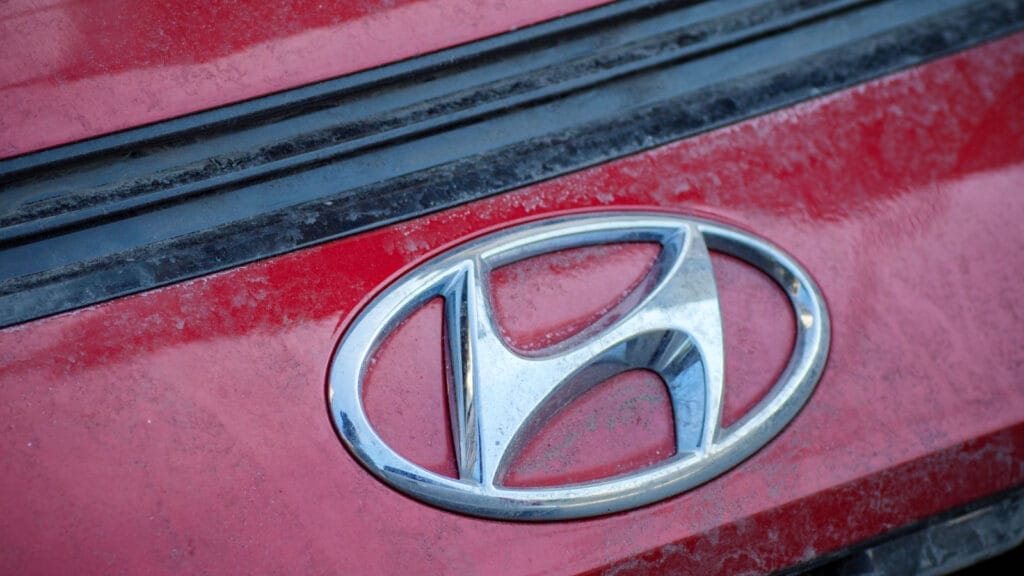For decades, changing your own brake pads has been a simple rite of passage for car enthusiasts and weekend mechanics. It was one of those satisfying jobs that proved you didn’t need a dealership to maintain your own car. But that’s changing fast. Some modern Hyundai owners are discovering that doing a brake job on their own car might not even be possible at least, not without Hyundai’s digital permission.
Certain new Hyundai and Kia models are equipped with electronic parking brakes that won’t release unless a dealer-authorized diagnostic tool says so. That means you can’t even start the job until the car’s software gives the green light. A process that once took an hour with a wrench and a jack now requires computers, subscriptions, and corporate approval.
The New Digital Roadblock
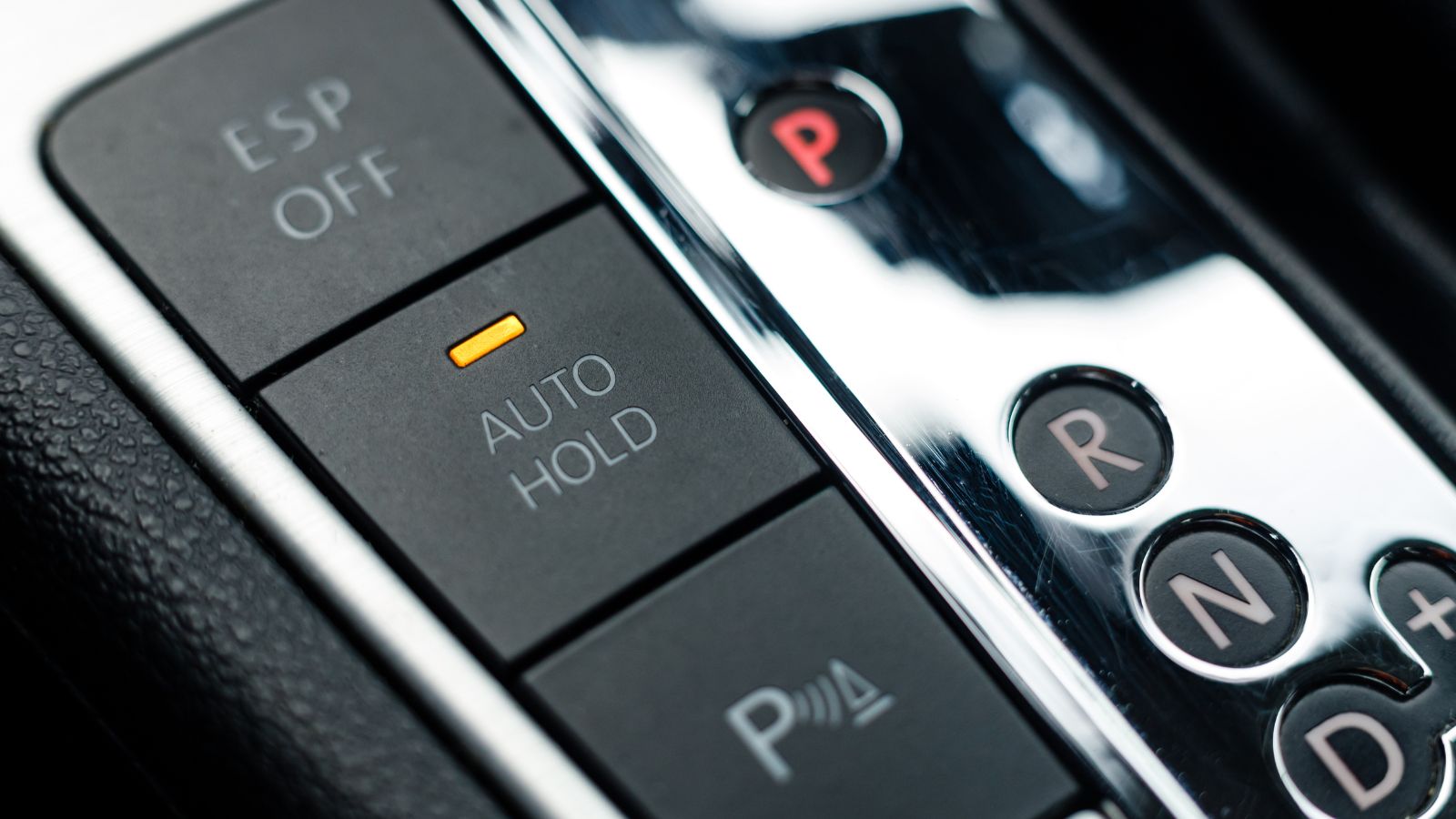
Electronic parking brakes are convenient for drivers but a nightmare for independent mechanics. Instead of a simple lever or cable, these systems use electric motors that lock the rear calipers. When you turn the ignition off, the system automatically engages, preventing the wheels from turning. That sounds helpful until you realize that without Hyundai’s diagnostic software, the calipers stay locked even when you need to service them.
To replace brake pads safely, the system must be put into “service mode.” The problem is that service mode can only be activated through Hyundai’s proprietary diagnostic platform a system only dealerships and authorized shops can access. Independent garages can technically buy the software, but it costs thousands of dollars per year. For home mechanics, it’s simply out of reach.
This isn’t just an inconvenience. If you try to manually retract the calipers without disabling the electronic brake, you risk burning out the actuator motor or triggering a permanent fault in the car’s control module. In some cases, owners have reported dashboard warnings and limp mode activation after attempting DIY repairs.
When Simplicity Meets Software
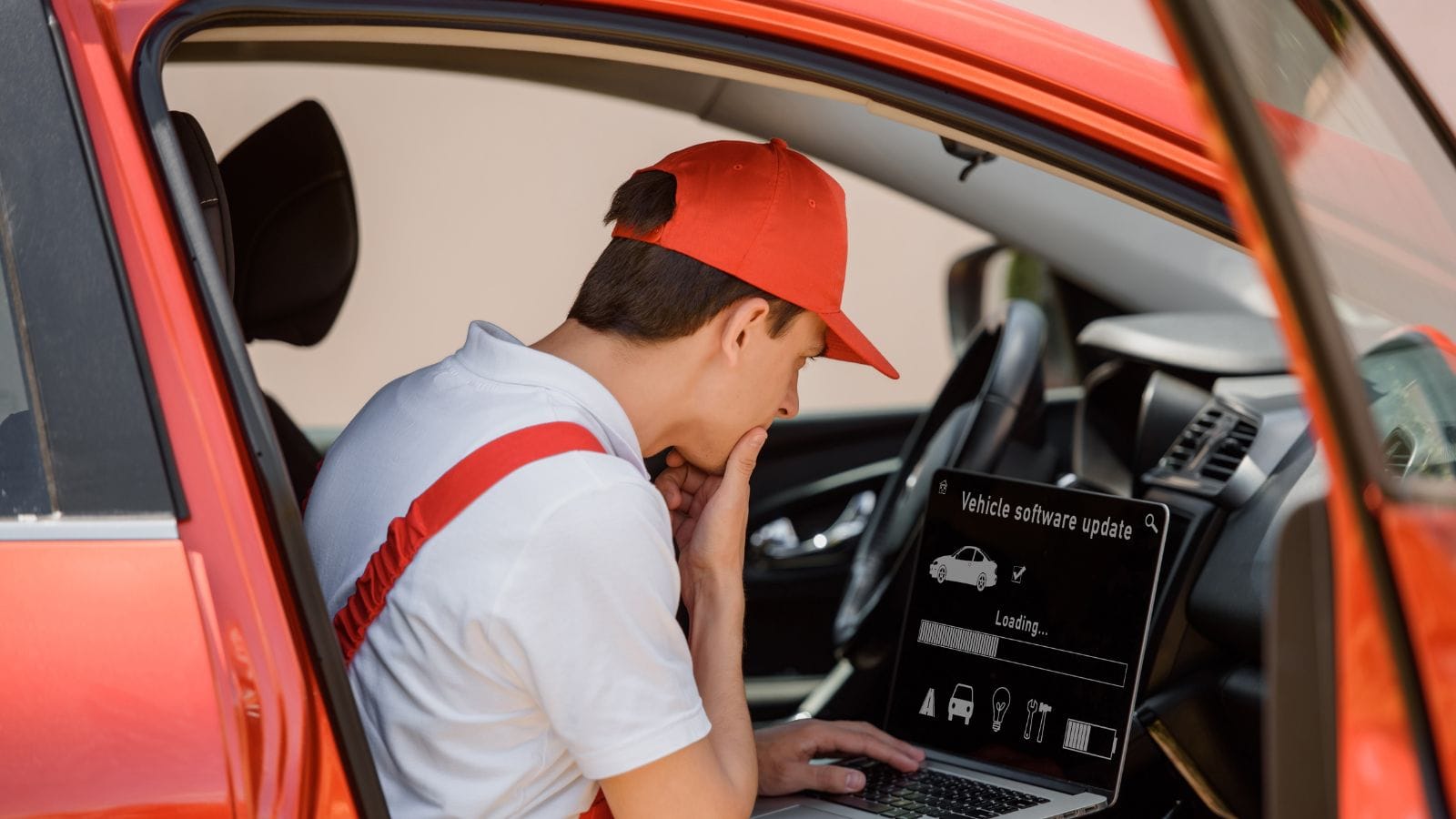
Modern cars are built around networks of sensors and computers. While this makes them safer and more efficient, it also means traditional mechanical work is slowly becoming locked behind digital walls. Tasks like oil changes, battery replacements, and now even brake jobs are being integrated into systems that require factory authorization to reset or recalibrate.
In Hyundai’s case, even something as basic as disconnecting the battery during a brake replacement can cause the system to panic. Once reconnected, the car may require a software reset to clear error codes and re-enable the parking brake. That’s why many owners are finding that even small jobs now lead them straight back to the dealership — whether they want to go there or not.
For some, it feels like the end of the DIY era. What used to be a hands-on experience is becoming a negotiation with the manufacturer’s software.
Why Owners Are So Angry
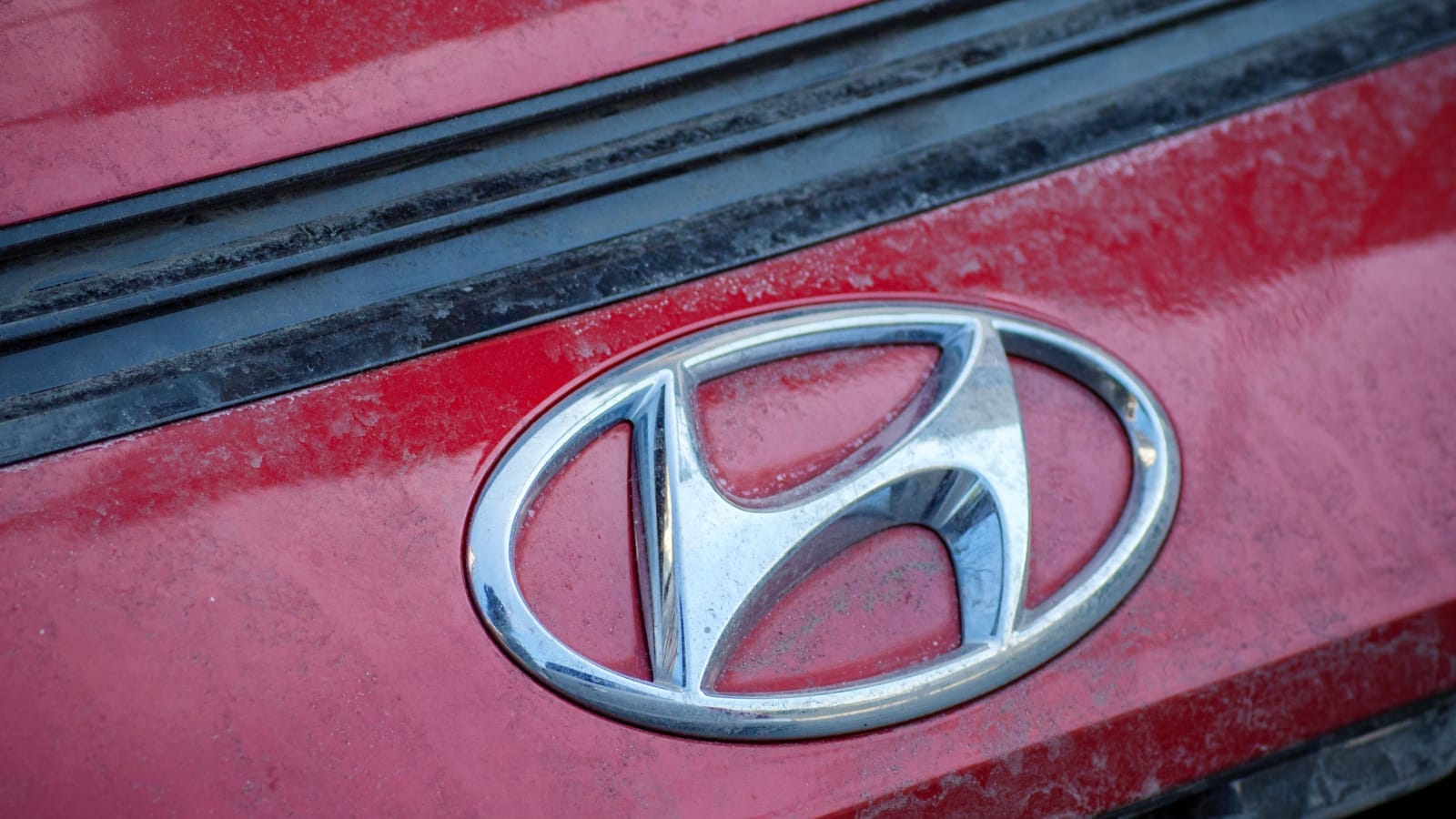
The frustration isn’t just about the inconvenience. It’s about control. Car owners believe that once they buy a vehicle, they should be free to maintain it however they see fit. Electronic locks and encrypted repair systems change that relationship completely.
Many Hyundai owners have taken to online forums to express outrage over how something as basic as a brake job can now require a digital handshake with the manufacturer. Others are frustrated with the hidden costs. A dealer may charge a “diagnostic release” fee just to unlock the system before any parts are even replaced. That extra layer of dependence turns simple maintenance into a billable event.
Independent garages are feeling the pressure too. Without access to the same software, small local mechanics risk losing customers to dealerships. Some are resorting to buying third-party tools that promise compatibility, but results are mixed. These workarounds can fail to communicate properly with the car’s systems, leaving both the owner and the shop responsible if something goes wrong.
The Broader Right-to-Repair Battle
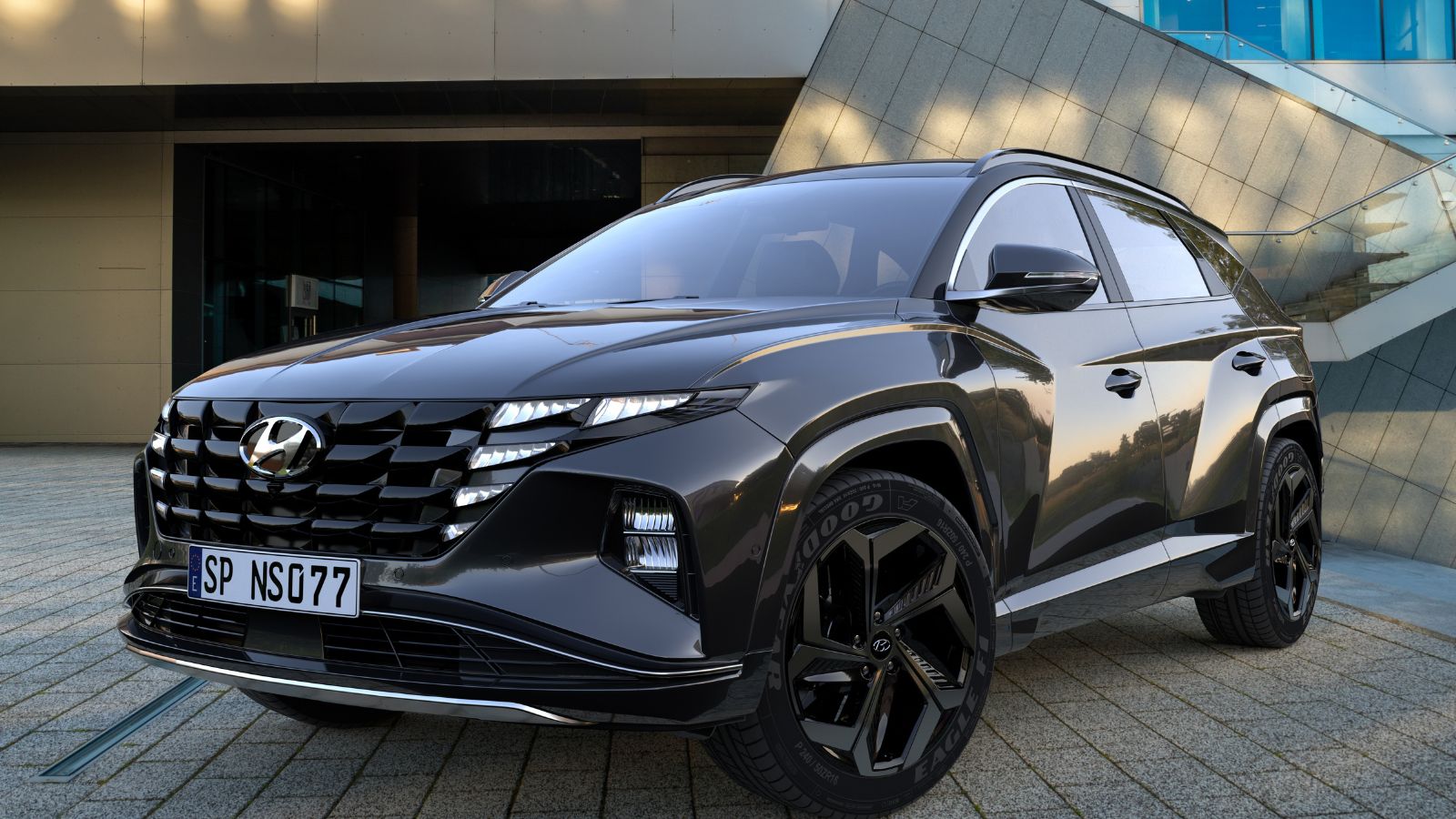
This situation goes far beyond Hyundai. The automotive world is in the middle of a massive right-to-repair debate. As vehicles become more computerized, automakers are locking down access to the software and diagnostic tools needed to perform repairs.
Supporters of these restrictions argue that it ensures quality control and safety. Automakers claim that untrained individuals could cause damage to sensitive components or compromise key systems if they tinker without guidance. They also point out that modern vehicles have advanced safety systems that must be calibrated precisely after service.
But critics argue that this approach is about profit, not protection. They believe manufacturers are using technology to force customers into dealership service departments, where prices are higher and competition is limited. Consumer advocates say these software locks hurt independent businesses, inflate repair costs, and limit owner freedom.
In Canada, the right-to-repair movement has gained traction in recent years. The federal government and several provinces have introduced legislation aimed at giving independent repair shops and consumers access to the same diagnostic data as dealerships. But even with those laws, enforcement remains inconsistent, and software-controlled components continue to slip through the cracks.
What Hyundai Says

Hyundai insists that it’s not preventing owners from changing their own brakes but rather ensuring that safety systems are handled correctly. The company says electronic parking brakes must be serviced with proper diagnostic procedures to prevent system damage or injury. In their view, this isn’t a restriction — it’s a safeguard.
Still, the reality for many owners is the same. Without the correct digital tool, the system simply won’t release. And when the choice is between risking a $1,000 actuator or paying a dealer to push a software button, most owners reluctantly hand over the keys.
The Future of DIY Repairs

The situation with Hyundai’s brakes is part of a much larger trend. Many automakers are moving toward subscription-based or software-dependent repair systems. Already, some BMW and Mercedes-Benz models require digital clearance for tasks as simple as replacing batteries or brake sensors. Even Toyota has begun integrating encrypted service codes into hybrid systems.
For enthusiasts, it’s a worrying future. The garage is becoming less about tools and more about laptops. Instead of socket sets, owners will need software licenses. The days of spending a Saturday in the driveway with a few basic tools may soon be replaced by paid service portals and error code resets.
The Dealer Control

If you own a modern Hyundai, changing your own brakes might not be your decision anymore. Thanks to software locks, diagnostic paywalls, and electronic parking brakes, the company has effectively turned a once-simple repair into a controlled service procedure.
It’s a frustrating reminder that as cars get smarter, drivers are losing control over what they can fix. The right to repair is no longer just about saving money it’s about keeping ownership meaningful. Because when you need corporate permission to change your own brake pads, something fundamental about car culture has already slipped away.
25 Facts About Car Loans That Most Drivers Don’t Realize

Car loans are one of the most common ways people fund car purchases. Like any other kind of loan, car loans can have certain features that can be regarded as an advantage or a disadvantage to the borrower. Understanding all essential facts about car loans and how they work to ensure that you get the best deal for your financial situation is essential. Here are 25 shocking facts about car loans that most drivers don’t realize:
25 Facts About Car Loans That Most Drivers Don’t Realize
